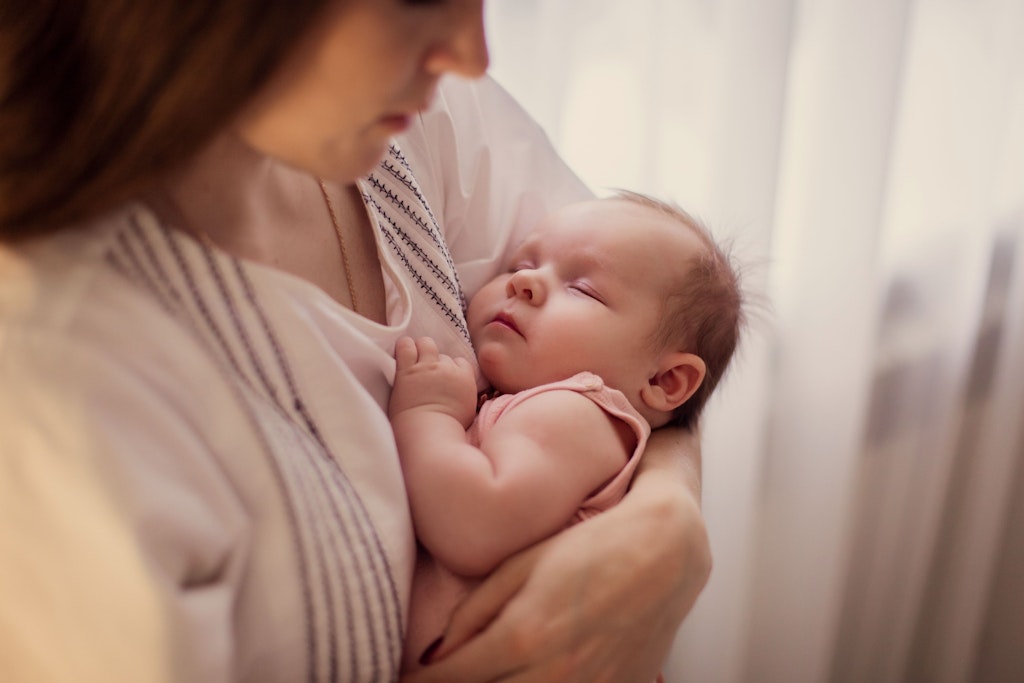Superannuation boost: Govt-funded parental leave to attract super from 2025
Last updated on 13 March 2024

Women working in aged care – and all industries – have received a welcomed boost to their financial security after the Federal Government announced that superannuation will be paid on the Commonwealth Parental Leave Pay scheme.
Key points
- Parents can access ongoing payment when taking time off work to care for a newborn, or newly adopted child, with payments available for up to 18 weeks (if the child was born before July 1, 2023) or up to 100 days or 20 weeks (if born after July 1, 2023)
- Women currently retire with 25% less superannuation than men, which is a difference of roughly $50,000
- Approximately one-third of retired women with a partner also rely on their partner’s income, compared to just 7% of men
- Under the Government’s announcement, parents will receive 12% superannuation, $106 per week, on Government-funded parental leave from July 2025
The announcement was made on Thursday ahead of International Women’s Day on March 8, providing timely long-term financial support for women and their families. It features as a key element of the Government’s “Working for Women” national strategy to achieve gender equality.
Based on the current paid parental leave rate of $882.75 per week, parents would receive at least $106 per week into their super accounts, impacting roughly 180,000 families per year. Women make up 95% of primary carers who access paid parental leave.
While this will not come into effect until July 2025, HESTA Chief Executive Officer (CEO) Debby Blakey said it will give women’s retirement savings a much-needed boost and help close the gender super gap.
“More than 80% of our one million-plus members are women, many working in typically lower-paid industries such as aged care or early childhood education. Paying super on paid parental leave will help our members add much-needed dollars to their retirement accounts, narrowing the gender super gap and making Australia’s super system fairer,” Ms Blakey said.
It has been a slow and steady process to reach this announcement. The Labor Government increased paid parental leave from 18 weeks to 26 weeks (by 2026) in October 2022 after it had already dropped a policy decision to include super payments.
However, less than two years later, it will now fund at least $250 million per year to support women taking time off to look after their babies. According to the Super Members Council (SMC) of Australia, this should boost a mother of two’s retirement savings by roughly $14,500.
“This watershed reform will make a powerful difference to the lives and retirement incomes of generations of Australian women in the decades ahead – and narrow the gender gap at retirement,” SMC CEO Misha Schubert said.
“It will powerfully propel Australia closer towards the goal of ending the financial ‘motherhood penalty’ in the early years of having children – which has a compounding effect across women’s working lives.”
“It’s the next big step on the road to retirement gender equity – and Australia must continue to take bold actions like this to ensure all women can have a financially secure retirement.”
The aged care sector has often been applauded for its ability to provide flexible work for mothers, including those returning to the workforce after having children.
It’s not all positive, though, as research by the SMC shows that women in their 30s have not seen marked improvements in the gender super gap because super has not been paid on parental leave.
While applauding the Government’s decision, SMC said this sets an example for more employers to follow with any paid leave they provide that does not attract super. Additionally, they are calling for a boost to the Low-Income Super Tax Offset – a super tax refund that mostly benefits lower-income women but has not increased in line with the tax brackets.